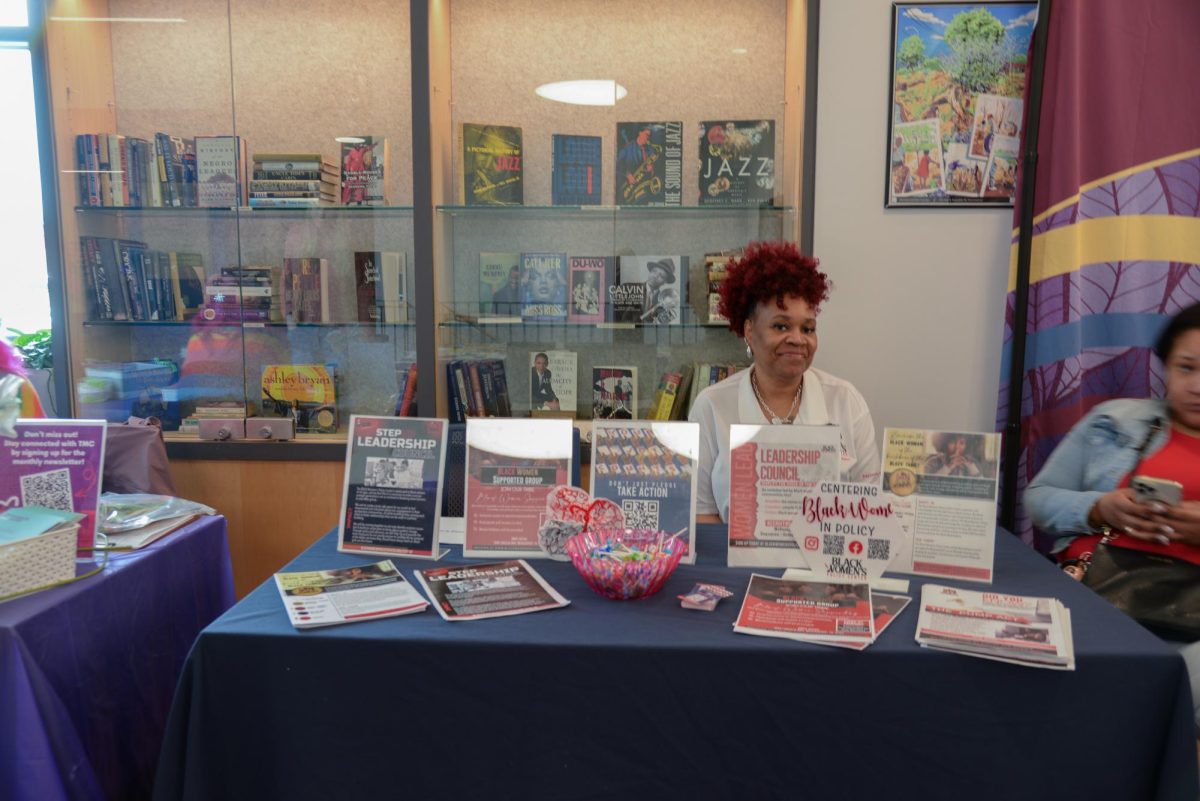Window to West lets in winds of change
January 11, 2005
Nightlife is difficult in a city with no night.
On St. Petersburg’s main avenue, Nevsky… Nightlife is difficult in a city with no night.
On St. Petersburg’s main avenue, Nevsky Prospekt, the clubs open late in the evening, with a dull sunlight still illuminating the street. The whites and yellows of the buildings’ neoclassical facades still glow in the reflection of the sun as midnight approaches.
St. Petersburg is one of Russia’s northernmost cities. During the summer months, the sun rarely sets on the city, although winter often seems like one long night.
For 300 years, the city has served as the world’s doorway to the largest country in the world. Buses from the Baltic, trains from Scandinavia and ships from Germany and Denmark all converge in St. Petersburg, carrying tourists by the hundreds year-round.
The metropolis is a dichotomy, located in Russia yet not Russian. The architecture is Dutch, French, Italian and German, with few onion domes or colorful ornaments — the signatures of Russian architecture. The city was preplanned and built all at once, unlike the usual haphazard development of ancient cities during long periods of time.
Despite its organized design, St. Petersburg seems to flow along the rivers and canals that weave under streets and between buildings, in harmony with the natural forces of water.
Once the plaything of the czars, the city is now the plaything of visiting Americans and Europeans. Nearly all historical monuments and museums are open to the public, and a myriad of languages can be heard through the halls of the Hermitage and under the dome of St. Isaac’s Cathedral.
Most residents of St. Petersburg go about their businesses as usual, as if they did not live in a tourist attraction. Many of them do very well catering to tourists’ needs, working in hotels and museums, running currency exchanges and opening themed restaurants and bars.
The recent memory of St. Petersburg exists outside the main part of the city, which was once named Leningrad as a memorial to the hero of the Soviet Union’s creation. To many of the people who live in the outer districts, the city seems colder than the lively metropolis that appears to foreigners during the 20-hour days.
“My parents were killed by the fascists 60 years ago,” said Valery Kozlov, referring to the Nazis who laid siege to Leningrad for more than two years during World War II. Kozlov runs a store on Bolshevikov Prospekt, east of the city center.
“Everyone was scared to death here,” Kozlov said. “None of us thought we would survive. Nearly everyone around here lost a relative during the siege, and some lost their whole families.”
The generation that remembers the horrors Leningrad survived is almost gone, and the new generation is vibrant and expectant of a future closer to the West than the Soviet Union was.
“I know what my family went through,” said Irina Kozlova, Valery Kozlov’s granddaughter. “But now everything is different. No one even calls [the city] Leningrad by accident anymore. Life is a lot more fun now.”
During midday, as the sun beats down on Nevsky Prospekt from a high angle, young men take off their shirts and lie on the lawn that is embraced by Kazan Cathedral. Many people bring beer and food, spending the entire day relaxing in the shadow of St. Petersburg’s great monument.
“Inside, they are worshipping God,” one student says as he lies in front of the cathedral. “Out here, we are worshipping the sun.”
Another group benefiting from the new incarnation of St. Petersburg is the Romany — the “gypsies” who live in many Slavic countries. Many Romany are itinerants and are seen as part of a class inferior to ethnic Slavs. In St. Petersburg, they are seen as cheats and thieves.
“They wait in subway station, in streets, wherever there are people, because people are fools,” said Pyotr Klemyshkin, a tour operator. “Then they swarm around a person and take everything [a person] has.”
A Romany woman distracts an Englishman by selling him a fortune telling, while her children run their hands up and down his legs. By the time the man realizes he is being robbed, the children have run around the corner, and the woman turns and sprints away.
The woman drops some of the money the man had given her, and he stops to pick it up. Someone stops to help and tells him that the banknotes are not Russian, but Belarusian, and worth less than 1/60 of Russian money. The man had exchanged British pounds with another man on the street because he was promised a good rate.
“I’ve been robbed twice, and it’s only my first day on holiday,” the Englishman jokes. “Maybe I’ll have to go home early.”
Despite his experience, the man takes some time to stare out across the Neva River as the sun finally begins to set at 11 p.m. The waterfront buildings still inspire the same awe that Czar Peter I, the city’s founder, intended to instill in foreigners visiting his “window to the West” in the 18th century. The lights of restaurants and clubs on Nevsky Prospekt begin to shine in the darkness of late night, and the old structures of the czar’s original city fade into shadow until the next dawn.


